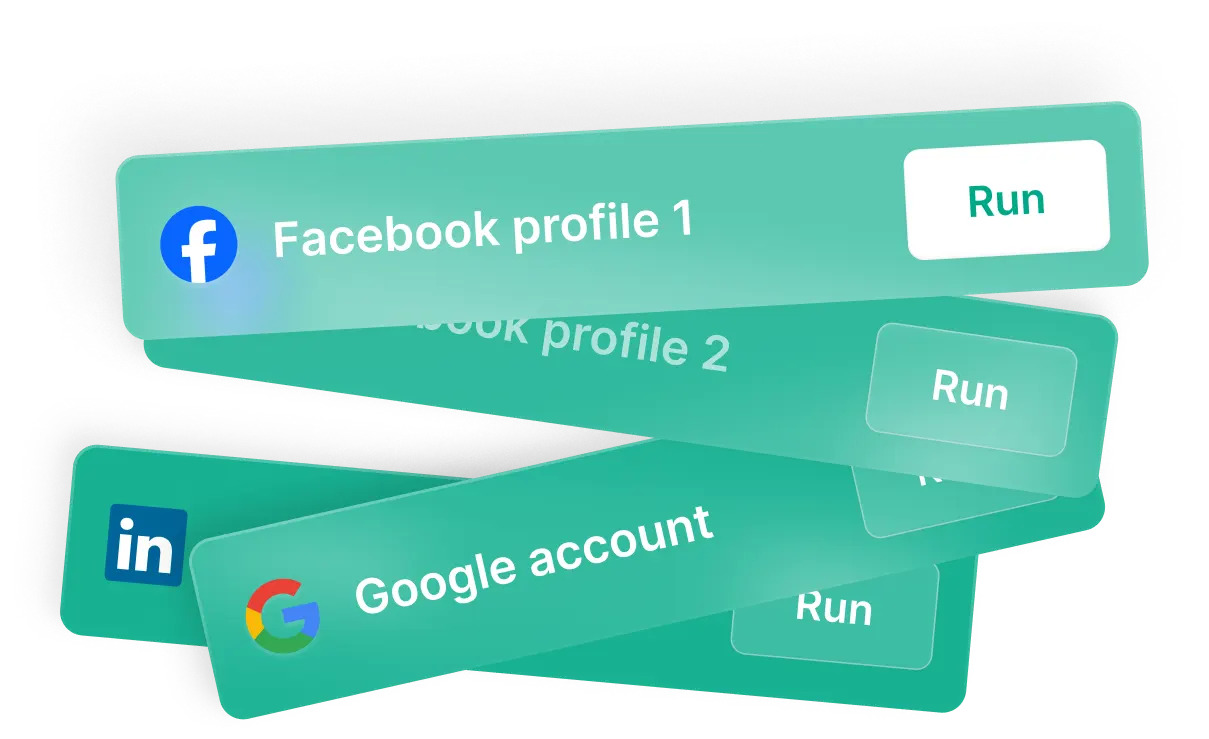Psychographics refer to the study and classification of people based on their attitudes, aspirations, interests, lifestyles, and other psychological criteria. This method of segmentation helps businesses understand and target their audience more effectively by delving into their motivations and behaviors.
Key Terms in Psychographics
Attitudes
These are the feelings or opinions individuals have towards various aspects of life, including products, brands, issues, or other people. Attitudes influence decision-making processes and purchasing behavior.
Interests
Interests encompass the activities and topics that capture an individual’s attention and time. These can range from hobbies and sports to technology and fashion.
Values
Values are the deeply held beliefs that guide a person’s behavior and decision-making. These often reflect cultural, social, and personal priorities and ethics.
Lifestyle
Lifestyle describes the way a person lives, including their daily activities, hobbies, spending habits, and social interactions. It provides insight into their preferences and consumption patterns.
Motivations
Motivations are the internal drives that influence individuals’ actions and behaviors. Understanding what motivates people helps in predicting their responses to marketing messages and product offerings.
Personality
Personality traits reflect the consistent patterns of thought, feeling, and behavior that make an individual unique. These traits can affect how a person interacts with brands and products.
Applications of Psychographics
Market Segmentation
Psychographics are used to segment a market into distinct groups based on shared psychological characteristics. This allows for more tailored marketing strategies that resonate with each segment.
Customer Profiling
Businesses create detailed profiles of their ideal customers by combining psychographic data with demographic information. This helps in understanding the deeper needs and preferences of their target audience.
Product Development
Understanding the psychographic profiles of potential customers can inform product development, ensuring that new products align with the attitudes, interests, and values of the target market.
Advertising and Messaging
Psychographics help craft more effective advertising messages by tapping into the emotions, desires, and motivations of the audience. This can lead to more engaging and persuasive marketing campaigns.
Collecting Psychographic Data
Surveys and Questionnaires
Businesses use surveys and questionnaires to gather data on individuals’ attitudes, interests, values, and lifestyles. Well-designed questions can reveal deep insights into consumer behavior.
Focus Groups
Focus groups involve discussions with a selected group of individuals to explore their attitudes, motivations, and preferences in depth. This qualitative method provides rich, detailed data.
Social Media Analysis
Analyzing social media activity can offer valuable psychographic insights based on the content people engage with, share, and comment on. This method provides real-time data on consumer interests and behaviors.
Purchase History
Examining past purchase behavior helps in understanding consumer preferences and motivations. Patterns in purchase history can indicate underlying psychographic traits.
Importance of Psychographics
Psychographics provide a deeper understanding of the consumer beyond basic demographics. By exploring the psychological factors that drive behavior, businesses can create more effective marketing strategies, improve customer satisfaction, and increase loyalty. This approach leads to a more personalized and relevant consumer experience, ultimately driving better business outcomes.
